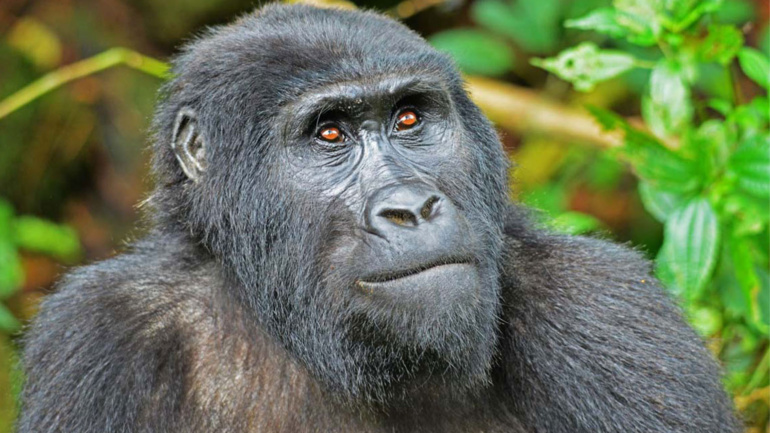Nile River, the longest river in the world, called the father of African rivers. It rises south of the Equator and flows northward through northeastern Africa to drain into the Mediterranean sea. It has a length of about 4,132 miles (6,650 kilometers) and drains an area estimated at 1,293,000 square miles (3,349,000 square kilometers). Its basin includes parts of Tanzania, Burundi, Rwanda, the Democratic Republic of Congo, Kenya, Uganda, South Sudan, Ethiopia, Sudan, and the cultivated part of Egypt. Its most distant source is the Kagera River in Burundi.
The Nile is formed by three principal streams: the Blue Nile (Arabic: Al-Baḥr Al-Azraq; Amharic: Abay) and the Atbara (Arabic: Nahr ʿAṭbarah), which flow from the highlands of Ethiopia, and the white nile (Arabic: Al-Baḥr Al-Abyad), the headstreams of which flow into Lakes Victoria and Albert
The name Nile is derived from the Greek Neilos (Latin: Nilus), which probably originated from the Semitic root naḥal, meaning a valley or a river valley and hence, by an extension of the meaning, a river. The fact that the Nile—unlike other great rivers known to them—flowed from the south northward and was in flood at the warmest time of the year was an unsolved mystery to the ancient Egyptians and Greeks. The ancient Egyptians called the river Ar or Aur (Coptic: Iaro), “Black,” in allusion to the colour of the sediments carried by the river when it is in flood. Nile mud is black enough to have given the land itself its oldest name, Kem or Kemi, which also means “black” and signifies darkness. In the Odyssey, the epic poem written by the Greek poet Homer (7th century BCE), Aigyptos is the name of the Nile (masculine) as well as the country of Egypt (feminine) through which it flows. The Nile in Egypt and Sudan is now called Al-Nīl, Al-Baḥr, and Baḥr Al-Nīl or Nahr Al-Nīl.



